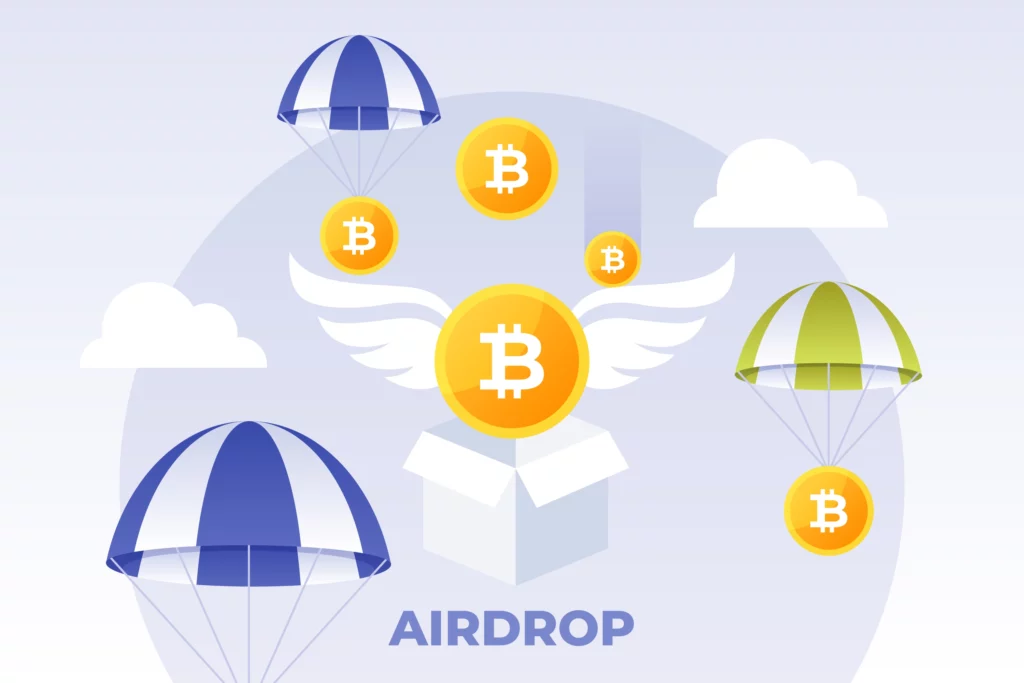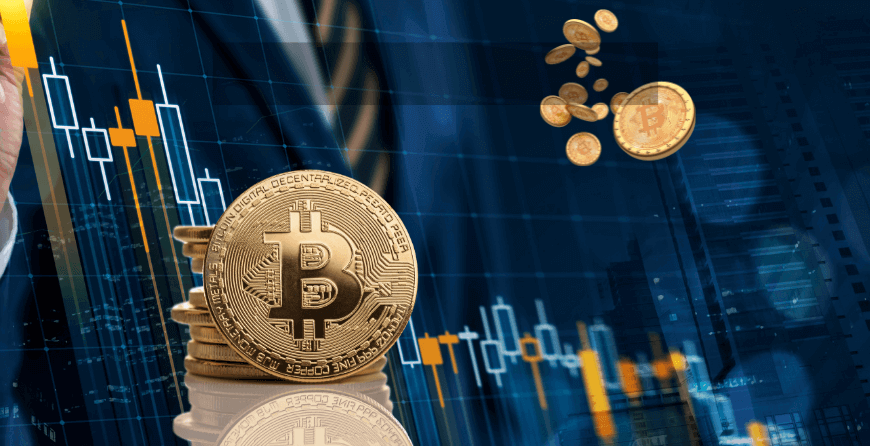Cryptocurrencies have not only revolutionized finance and technology but also sparked a new wave of creativity and artistic expression. The emergence of cryptocoins as a medium of artistic creation and appreciation has opened up a unique realm where technology and art converge.

Understanding Cryptocoins
Cryptocoins, also known as cryptoart tokens or non-fungible tokens (NFTs), are digital assets that utilize blockchain technology to verify and establish ownership and authenticity. Unlike traditional cryptocurrencies, which are interchangeable and uniform, cryptocoins represent unique pieces of digital art or collectibles, each with its distinct characteristics and value.
The Rise of Cryptoart:
Cryptoart has gained immense popularity in recent years, driven by the unique features and benefits of blockchain technology. Artists can tokenize their digital creations as cryptocoins, enabling proof of ownership, traceability, and the potential for monetization through sales and royalties.
The Creation Process:
Creating cryptocoins involves several steps, including:
1. Artistic Creation:
Artists produce their digital artworks using various mediums, such as digital painting, 3D modeling, or generative algorithms. The artwork can be static or dynamic, with the potential for interactive elements.
2. Tokenization:
Artists tokenize their artwork by minting it onto a blockchain platform. This process involves creating a unique NFT that represents the artwork, including metadata that specifies its attributes, ownership details, and provenance.
3. Smart Contracts:
Smart contracts, coded on blockchain platforms like Ethereum, govern the ownership, transfer, and royalties associated with the cryptocoins. They automatically execute predefined conditions, such as transferring a portion of the sale proceeds to the artist whenever the cryptocoin is resold.
Collecting and Trading Cryptocoins:
Cryptoart enthusiasts and collectors can acquire cryptocoins through online platforms known as marketplaces. These marketplaces provide a space for artists to showcase and sell their cryptocoins, while collectors can browse, purchase, and trade them. Popular cryptoart marketplaces include SuperRare, OpenSea, and Rarible.
Value and Significance:
Cryptocoins hold both artistic and financial value. They provide artists with a new medium to express their creativity and monetize their work directly, without the need for intermediaries. Additionally, cryptocoins empower collectors by enabling ownership of unique digital assets and supporting the artist community through royalties and secondary market transactions.
Challenges and Future Outlook:
The art of cryptocoins faces challenges such as environmental concerns regarding the energy consumption of blockchain networks and issues of copyright infringement. However, as the technology continues to evolve, solutions and improvements are being developed to address these challenges. The future of cryptoart looks promising, with potential advancements in scalability, sustainability, and mainstream adoption.
Understanding these challenges is crucial for assessing the future outlook of cryptoart. Here are some key challenges and considerations:
Environmental Impact:
One of the primary concerns associated with cryptoart is the environmental impact of blockchain technology. The energy consumption of blockchain networks, particularly those using proof-ofwork consensus algorithms like Ethereum, has raised concerns about carbon footprints and sustainability. Finding more energy-efficient alternatives or transitioning to eco-friendly blockchain solutions will be vital for the long-term viability and acceptance of cryptoart.
Copyright and Intellectual Property:
Cryptoart introduces new challenges in terms of copyright and intellectual property rights. The ease of replicating digital artworks and the potential for unauthorized distribution pose challenges for artists’ rights and protection. Developing robust copyright frameworks and exploring solutions such as blockchain-based provenance and licensing systems can help address these issues.
Market Volatility:
The crypto market, including the cryptoart sector, is known for its volatility. The prices of cryptoart pieces can fluctuate significantly, affecting the perceived value and investment potential of artworks. This volatility can make it challenging for artists, collectors, and investors to navigate the market and assess the long-term value of cryptoart.
Accessibility and Inclusivity:
While cryptoart has provided opportunities for artists to directly monetize their work, it has also highlighted issues of accessibility and inclusivity. The cost of minting, gas fees, and transaction fees associated with cryptoart can create barriers to entry for emerging artists and art enthusiasts. Addressing these cost-related barriers and promoting inclusivity within the cryptoart ecosystem will be essential for its sustainable growth.
Exploring the Intersection of Technology and Creativity:
The art of cryptocoins represents a groundbreaking fusion of technology and creativity, offering artists new possibilities for expression, ownership, and monetization. As the cryptoart ecosystem continues to expand and mature, the boundaries of artistic creation are being redefined. Whether you’re an artist, collector, or simply an art enthusiast, the art of cryptocoins provides a captivating glimpse into the future of art in the digital age.
Disclaimer
Remember, investing in cryptocurrencies involves risks, and it’s important to conduct thorough research and seek professional advice before making any financial decisions.
(Please keep in mind that this post is solely for informative purposes and should not be construed as financial or investment advice.)


